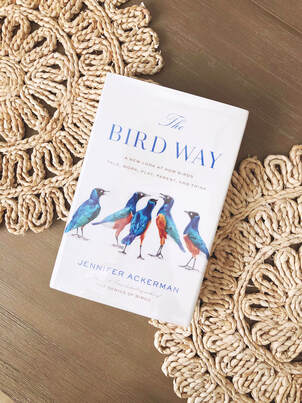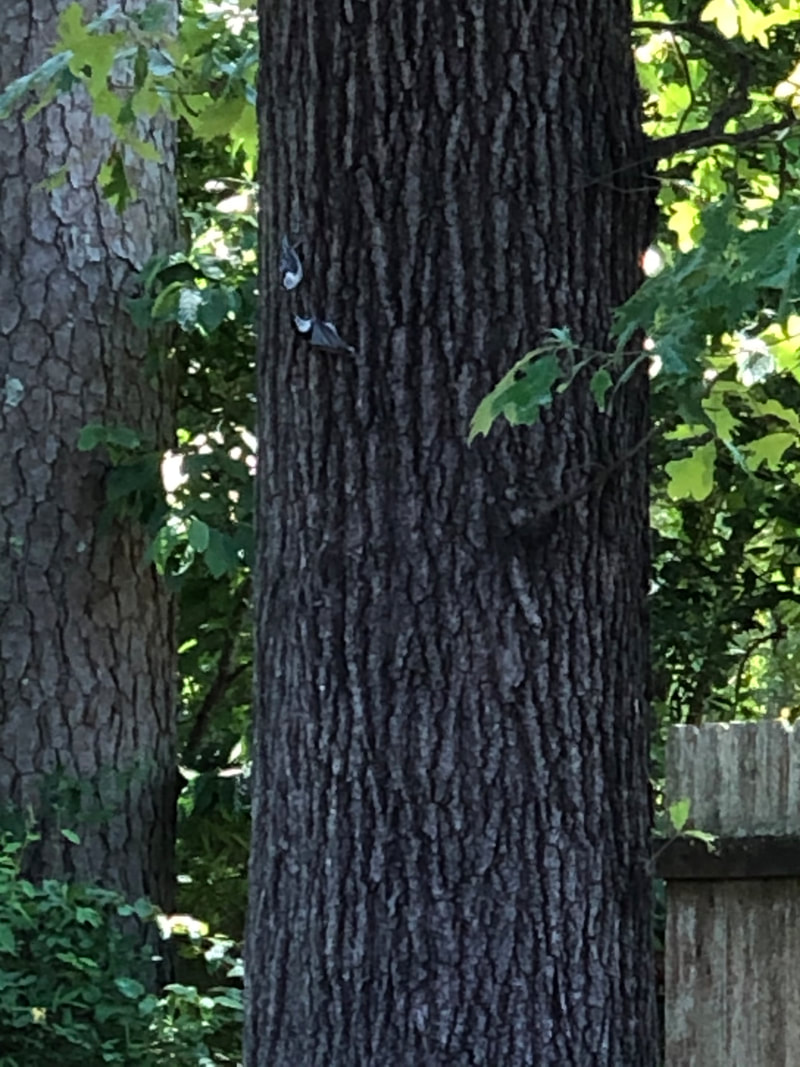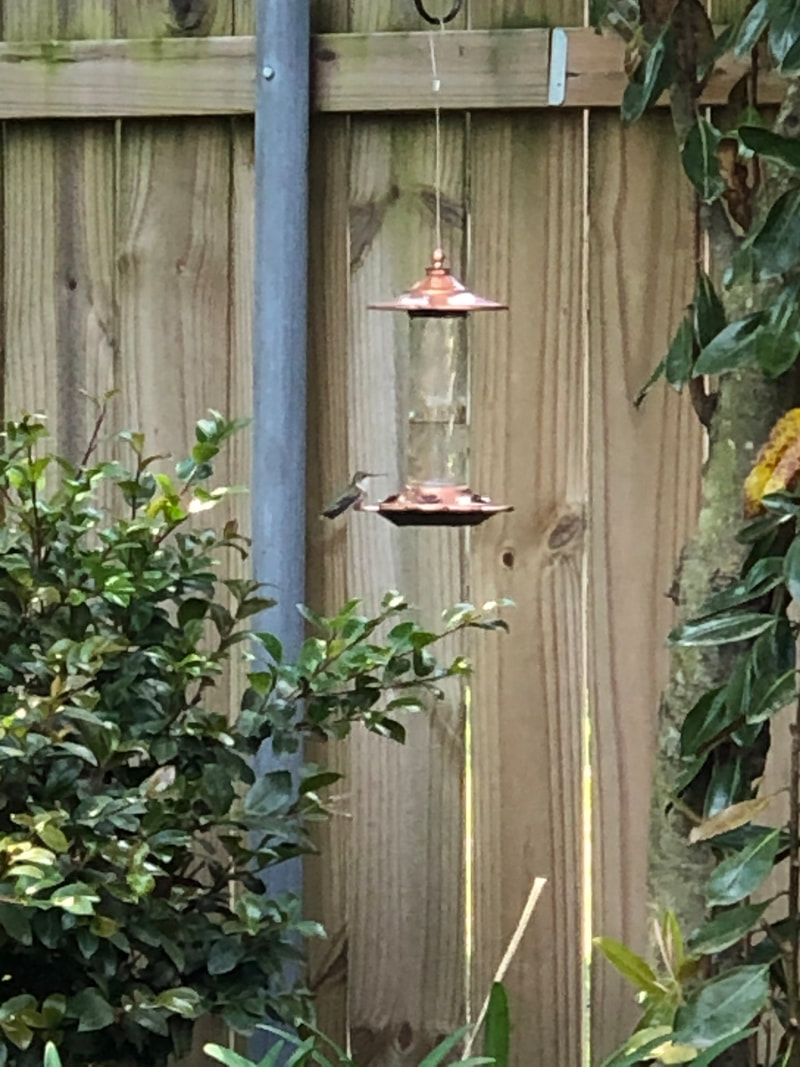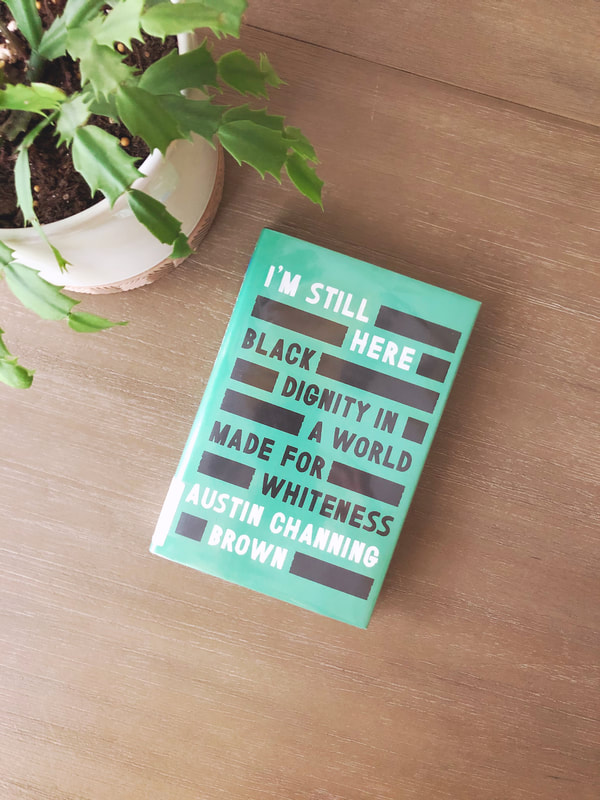 I have loved birds as long as I can remember. There are certain brisk spring and autumn mornings when sound travels clear and far that take me back to my grandfather’s house, where I first learned bird calls and names. He taught me about robins, cardinals, bluebirds, woodpeckers, ducks, geese, owls and more. He told me about how they would fly halfway across the world to come visit us every year. I was a casual observer until I went to college, when I became obsessed with the white pelicans that would rest in the LSU lakes for winter vacation. While observing the pelicans’ beauty, I learned about cormorants, snowy egrets, little blue and great blue herons that fed along the shores beside the giant white birds. Watching the birds soothes me. It was therapeutic to sit outside for hours on end, soaking up God’s creation after a stressful class. When my husband and I bought our first house, I prioritized hanging a bird feeder in the backyard. I enjoyed watching our neighborhood birds and was incredibly thankful they were already familiar with our feeder when the world came to a screeching halt in March. Like so many others during this pandemic, I found solace sipping coffee on Saturday mornings on my back porch, watching the birds blissfully fly in and out of my yard. Having been forced to slow down, we witnessed bird behaviors that we might otherwise have missed. We watched white breasted nuthatch fledgings harass their parents for sunflower seeds, hopping up and down the oak tree trunk like tiny acrobats. We laughed at a clever ruby-throated hummingbird freeze into hiding position in a camellia bush - camouflaged in color and shape like one of its leaves - when another territorial male dived in to protect its feeder. We learned the calls of so many songbirds and decided that the Carolina chickadee had the sweetest, purest and loveliest sound of them all. Jennifer Ackerman’s The Bird Way is the perfect book for a bird nerd like myself. I checked it out from the library for two reasons. First, because birds, duh. Second, because our library's summer reading committee is already narrowing down top titles for the 2021 theme Tales and Tails (expect a lot of animal themed books on this blog for the next few months). I typically can't commit to a nonfiction book (I give up after a few chapters of most of them except memoirs), but I kept coming back to this one because it was so incredibly fun and interesting to me. In it, I learned how birds across species live varied lives. They are as diverse in their foraging, singing, parenting and even playing as we humans are. I found myself often Googling images of the foreign and exotic birds she researched: the adorable keas, the colorful fairy-wrens and the dastardly magpies. I will probably never see these birds in the wild, but I thoroughly enjoyed learning about their behaviors from a dedicated researcher and talented writer like Ackerman. If you're looking to take your bird knowledge to the next level, check out The Bird Way from your local library or purchase a copy from your local bookstore or on Amazon here. Three stars. Looking for more books? Follow me on Instagram or on Goodreads for all my books!
1 Comment
I believe in sanctification.
I believe that the Holy Spirit is shaping me to look more and more like Jesus as I walk through life. I believe He convicts believers' hearts of sin, implores us to repent and molds us for righteousness. I believe all glory of these changes belong to God. I believe God can take someone from sin to holiness, from pride to humility and from racism to antiracism. And I also believe that I am responsible for putting in the work. So when I saw the video of two white men hunting Ahmaud Arbery, I was deeply troubled. I believe the deep trouble of my heart was the Holy Spirit convicting me to pay attention. So I shut my mouth and listened to what He had to say. What He had to say came from the cries of His creation, that undeniably, wholeheartedly and without restriction, Black Lives Matter. I've agreed with this statement for many years, but have refrained speaking its truth aloud to avoid arguments with (white) friends and family. So during quarantine, I slipped on my running shoes, snapped a pic, threw out a #blacklivesmatter hashtag on Instagram in my support of justice for Ahmaud Arbery. In my self-righteousness, I thought this was good enough. A step in the right direction. "At least I'm not like so-and-so, who uses the n-word," I thought to myself. "Finally, I'm speaking out. I'm brave for saying that Black lives matter." What pride. But when I read about Breonna Taylor's home being unlawfully intruded by the men sworn to uphold the law and then killing her in bed, my heart squeezed. When I read a description of George Floyd's last moments on Earth (I can't bring myself to watch it), I was enraged. I also believe that the Holy Spirit uses rage to spur action. He was telling me that what I was doing was not enough. So I listened harder. I sought out information, rather than allowing it to find me. I Googled words like, "Congo Square," and "Tulsa 1921," and "Rosewood." How did they not teach us these things in school?! The memory triggers. I'm in 7th grade. My classmate Louis is making a scene about our American history teacher. I don't remember the details, but I remember him accusing her of "being a racist." She wasn't my favorite teacher, but I remember thinking his comments were harsh. I knew that being called a racist was a serious offense, if not the most serious offense in name calling. Knowing what I know now, Louis was 100 percent right. The woman insisted on calling the damn Civil War "the War of Northern Aggression." She described John C. Calhoun as the utmost Southern gentleman, perfectly polite and the great defender of states' rights. At 12 years old in her classroom, she was the authority. She was the expert. She was the adult. I was her student, her sponge, soaking up her knowledge. She was responsible for teaching me American history and I didn't get the full picture. I didn't even get half the picture. I got a warped, oversaturated, sorry excuse of the history of our nation. Louis knew what was up. Louis, unlike me, was Black. As a preteen, he knew something not even our teacher understood: that racism was and is a powerful, overt system, steeped in American history. I will never understand how Louis felt sitting in that classroom, listening to that teacher. But I know now, that I have a lot of learning to do. So, I went to the place of lifelong learning: the library. Conveniently, I work full-time in a library, surrounded by books that could teach me the things my schooling left out. Wanting to read a nonfiction book written by a Black author of the Christian faith, I selected I'm Still Here: Black Dignity in a World Made for Whiteness by Austin Channing Brown. I had previously overlooked this title because of the author's name. "I don't want to read a book about Black people written by some white dude," I thought. But when my mother recommended it to me, she mentioned in passing that the author had a white man's name. Her parents had the foresight to give her a name that would get her job interviews. Right off the bat, I'm recognizing my white privilege. When I imagine the names of my future children, I never once think about what will look good to employers on resumes. I placed the book on hold, checked it out and read it over a single weekend. While the book is small (185 small pages), it reveals loads of information. Much of that information was new to me. Again, I found myself Googling new terms. This time, I won't blame my teachers. My mother never would have screened "Candyman" and she wouldn't have styled my hair with a "pineapple fro." I also learned more about serious and complex terms that I already knew the definition of, but not quite the extent of its impact. White supremacy. White privilege. White fragility. And, as Brown puts it, "white fragility's cousin: white guilt." I learned how Brown finds people like myself - white and ignorant - exhausting. I learned that I needed to read with an open heart and open ears and open eyes. I also learned that simply reading books by people of color won't do much if I don't take what I learn and put it into practice. Packed with so many emotions - pride, anger, hope, exhaustion, fear, love - reading I'm Still Here felt like I was on a jerky and highly uncomfortable roller coaster. I used to love those roller coasters as a kid. I loved the feeling of my stomach in my throat. Now I just feel like throwing up. So, to take a page out of Brown's book, I will name white supremacy and renounce it. "White supremacy is a tradition that must be named and a religion that must be renounced. When this work has not been done, those who live in whiteness become oppressive, whether intentional or not." (emphasis mine) So I'll do the work. I'll educate myself the best way I know how. "Our only chance at dismantling racial injustice is being more curious about its origins than we are worried about our comfort." I'll sit with being uncomfortable. "Sadly, most white people are more worried about being called racist than about whether or not their actions are in fact racist or harmful." And I'll speak out against injustice more freely, listen with more open ears and rest in the fact that the Holy Spirit is with me and is sanctifying me. "Is this not the work of the Holy Spirit to illuminate truth and inspire transformation? It's haunting. But it's also holy. And when we talk about race today, with all the pain packed into that conversation, the Holy Spirit remains in the room." You can check out I'm Still Here at your local library, purchase it from your local bookstore or order a copy from Amazon here. |
Danielle Kelley TolbirdSurrounded by books by day, Tolbird works as the communications coordinator of her local library. She writes about her favorite books, faith in God and daily life. Archives
January 2021
Categories
All
|
 RSS Feed
RSS Feed



